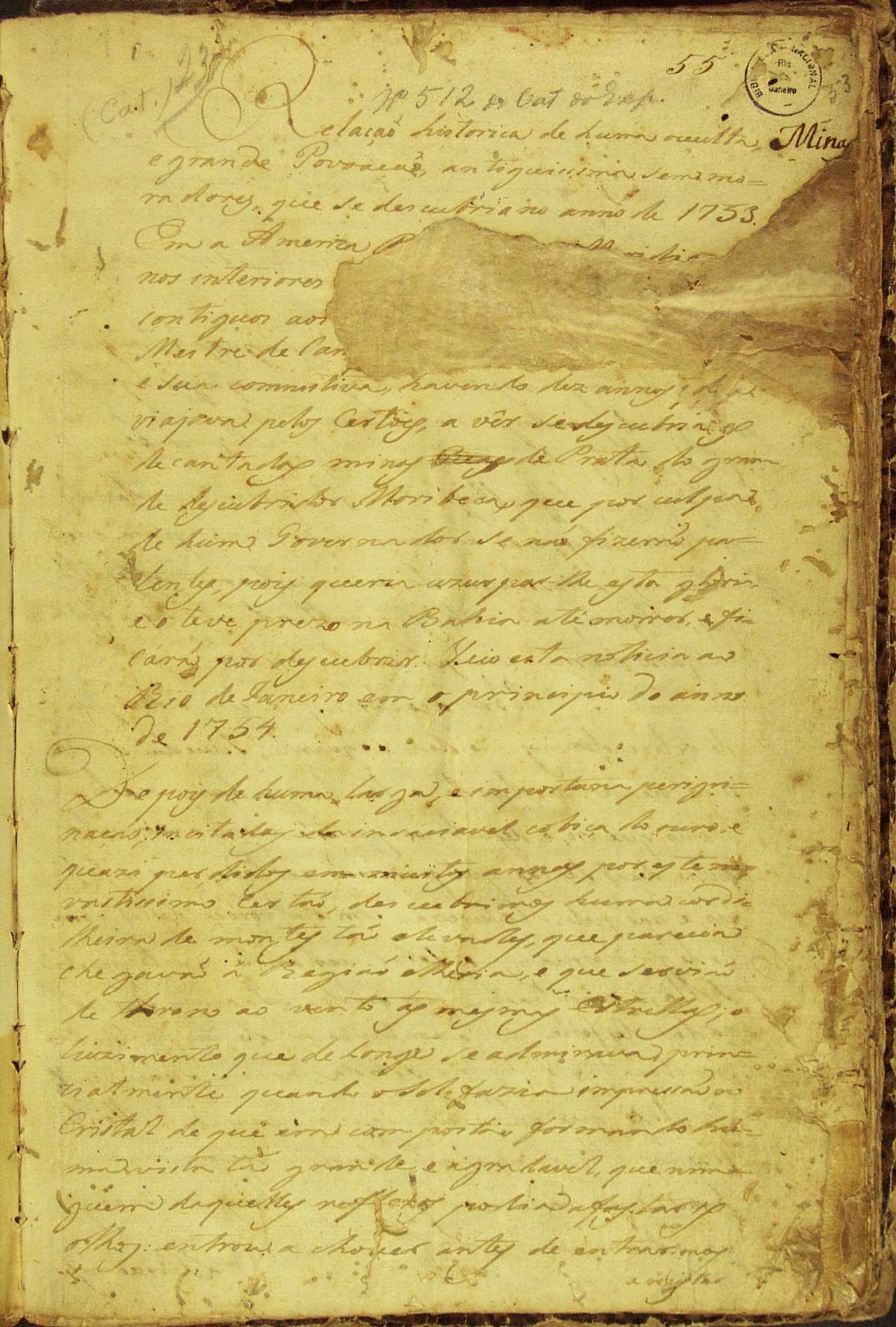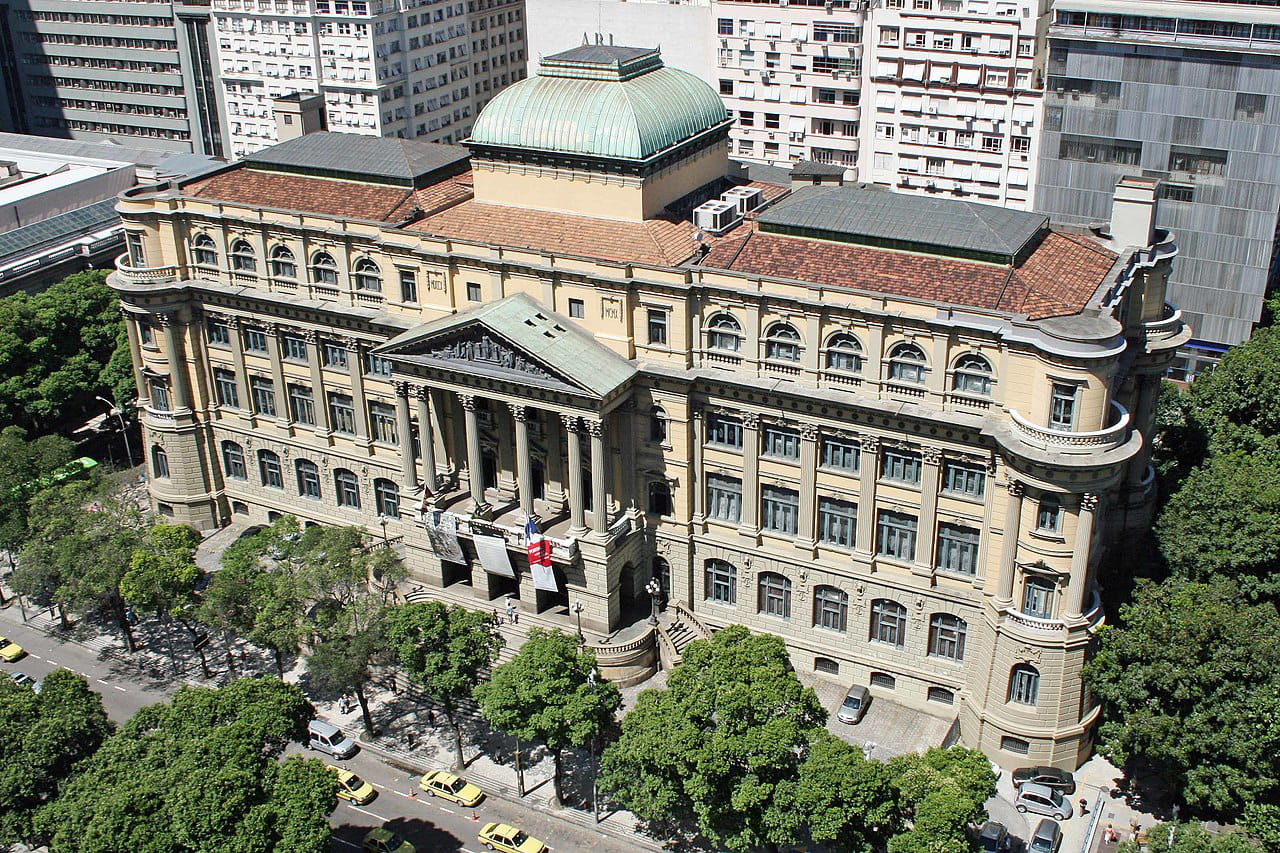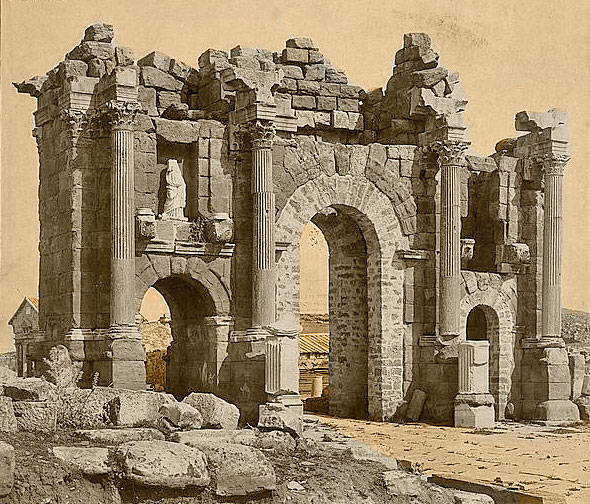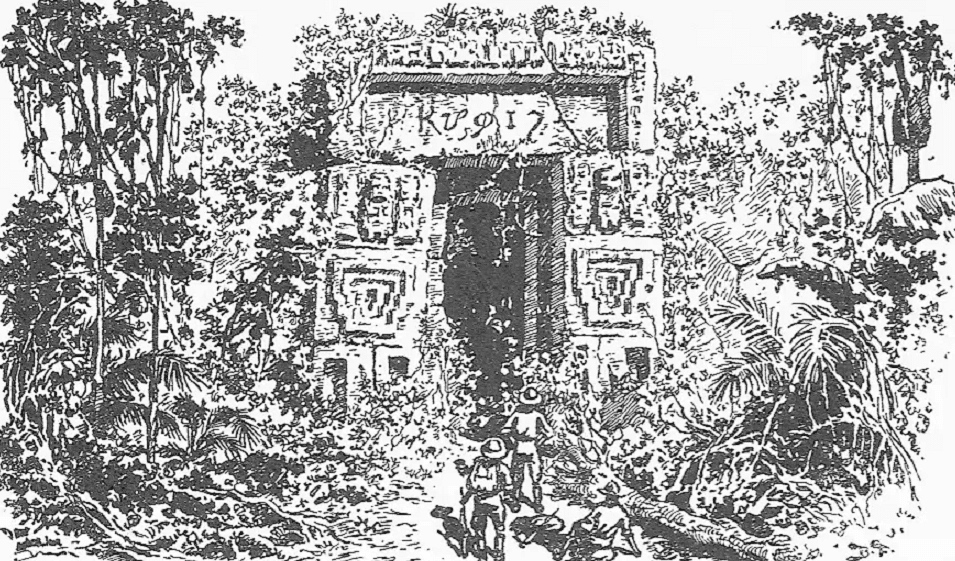The narrative of Manuscript 512 serves as a captivating preamble to an intriguing mystery—one that has puzzled historians and explorers for centuries. This cryptic document is believed to recount the discovery of an ancient, deserted city, nestled deep within the Brazilian interior. The tale of this lost civilization, as per Manuscript 512, traces its roots to the 18th century and has ignited a wave of speculative quests and scholarly debates ever since.
Discovery of Manuscript 512

The story of Manuscript 512 begins in the year 1839, when Manuel Ferreira Lagos, a proficient naturalist, stumbled upon this enigmatic document in the collection of Brazil’s National Library. The manuscript bore a lengthy title, roughly translating to “Historical relation of an occult, large, very old settlement with no inhabitants that was found in the year 1753”.

Lagos presented the paper to the Brazilian Historic and Geographic Institute, where it was later published in their magazine, with a preface linking it to the infamous case of Roberio Dias, also known as “Muribeca”. Dias was a notorious explorer who was apprehended by the Portuguese crown for withholding information about valuable mines in Bahia.
The Lost Mine of Muribeca
For those who never heard of Muribeca: since the 16th century, adventurers have been obsessed with finding gold and silver mines in Brazil, particularly the Lost Mine of Muribeca. Roberio Dias owned a rich silver mine somewhere in the interior of Brazil, worked by Indians and rumored to be thousands of years old.
Roberio Dias’ father was a half-Indian named, Muribeca. He had inherited the mine from his father, a Portuguese man and the survivor of a shipwreck who lived with a friendly Indian tribe and who later married an Indian woman. Although Dias was very wealthy, he was nevertheless a commoner, and worse, a mestizo – a name given to someone whose blood is part Indian.
One thing Dias always wanted in life was a title, a certificate of nobility. And so he travelled to Madrid and proposed a deal to the King (of Spain and Portugal at the time) Dom Pedro II. He offered the King all his riches from his splendid mines in return for the title of ‘Marquis of the Mines.’
Dom Pedro II refused. Instead, Dias’ certificate was sealed and ordered to be given to Dias when the location of the mines were disclosed. But enroute to the mines, Dias convinced the ship’s captain to open the orders before they reached Bahia. Much to his surprise and dismay, Dias learned he was not to be the Marquis of the Mines after all. Contrary to what the King had promised, the sealed orders declared that the King had dispersed a military commission to the area with Dias as ‘captain.’ Understandably, Dias refused to give up the location of the mines.
Dias was imprisoned in a dungeon in Salvador for two years. But still, he refused to talk. Eventually, he was allowed to buy his freedom, and in 1622 he died. Unfortunately, the secret location of the mines went to his grave with him. Many expeditions were launched to find these mines, and most never returned.
Content of Manuscript 512
The manuscript appears to be a transcription of a lost original work and is presented as a historical report. Certain sections of the document have decayed over time, resulting in missing pieces of text. However, the surviving portions tell a fascinating story.
The narrative details the journey of a Portuguese colonel (name unknown) and his team, who were drawn to an imposing mountain range that glittered in the distance. Upon reaching the peak, they discovered a settlement they initially mistook for a coastal city. On closer inspection, they realized that the city was in ruins and abandoned.

The city’s entrance was adorned with a triple archway, reminiscent of Roman triumphal arches, with inscriptions in an unrecognizable language. The city square was home to a black pedestal featuring a statue of a man pointing north, a large building adorned with various reliefs and inlaid works, and “Roman spires” or obelisks in each corner. They also discovered a countryside manor outside the city, which contained separate houses surrounding a great central room, possibly an atrium.
Search for the lost city

Between 1841 and 1846, the Brazilian Historic and Geographic Institute sponsored numerous expeditions to locate the lost city. Fr. Benigno Jose de Carvalho led these quests across the Chapada Diamantina, a region known for its unique rocky formations. Despite Carvalho’s reported diligence, the expeditions did not yield any substantial findings, leading to an atmosphere of disillusionment and skepticism.
Theories and speculations
Various theories and speculations have been proposed to explain the origins and existence of the lost city described in Manuscript 512. Some scholars believed that the account could be authentic, citing evidence of large ruins and tales of runaway slaves and natives living in the area.
Conversely, other historians dismissed the account as mere fiction, attributing the description of the city to the unusual rock formations in Chapada Diamantina. Regardless of the conflicting theories, Manuscript 512 continues to be a subject of fascination and debate in historical circles.
The discovery of Manuscript 512 and its intriguing narrative fueled the idea of a hidden, advanced civilization in Brazil, a country which had recently gained independence and was seeking to build a strong national identity. The manuscript’s account strengthened the theory that an ancient Graeco-Roman civilization could have existed in Brazil at some remote time.
Manuscript 512’s Impact on future explorations
The mystery of the lost city described in Manuscript 512 inspired numerous expeditions and quests to unearth this hidden civilization, including legendery British explorer Percy Fawcett, who was said to discover the “Lost City of Z”. Unfortunately, these searches were largely unsuccessful, and the city described in the manuscript remains undiscovered to this day.
Conclusion
The enigma of Manuscript 512 continues to captivate the minds of historians, explorers, and enthusiasts alike. Its narrative, while shrouded in mystery and speculation, offers a tantalizing glimpse into the possibility of a long-lost civilization lying undiscovered in the heart of Brazil. While the truth of the city described in Manuscript 512 remains elusive, the search for this hidden civilization continues.
After reading about the Manuscript 512, read about Silphium, The lost miracle herb of antiquity.



